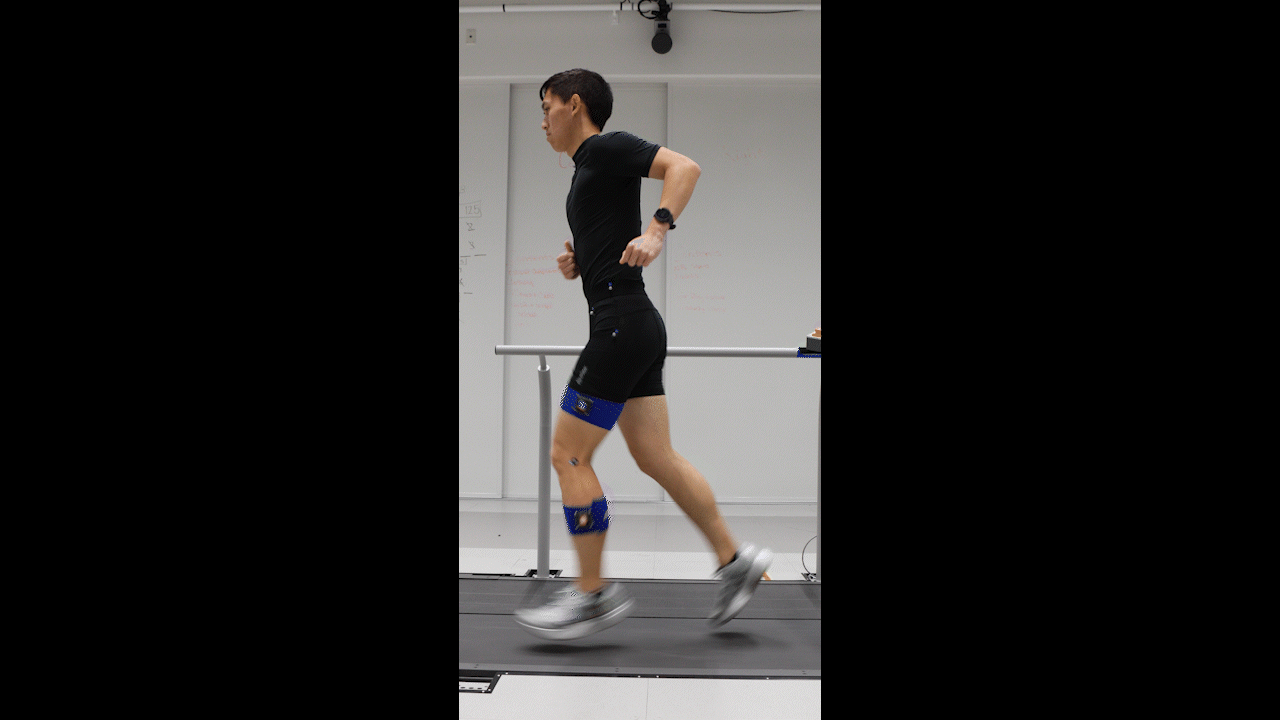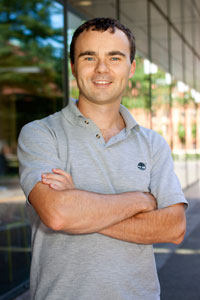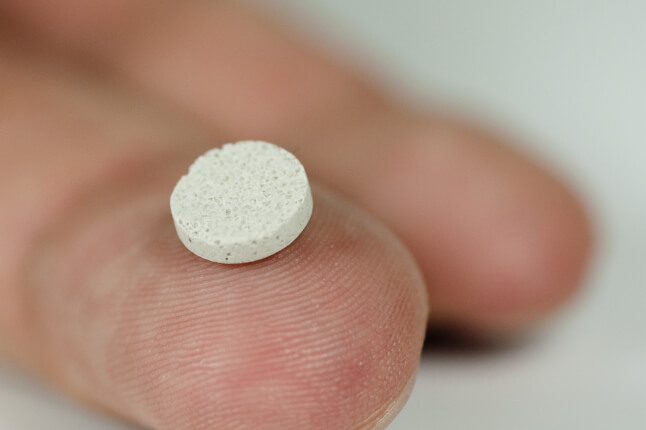News
Key Takeaways
- Wearable inertial measurement units combined with machine learning can measure a runner’s braking and propulsion forces.
- A generalized machine learning model trained on lab data can accurately predict real-world running forces.
- The research opens the door to future wearable products that help runners avoid injury and improve their form.
Today’s GPS smartwatches and other wearable devices give millions of runners reams of data about their pace, location, heart rate and more. But one thing your Garmin can’t measure is plain old physics: How much force is being generated when your foot hits the ground and takes off again.
These backward-forward, braking and propulsion forces a runner generates with each stride are closely associated with performance and injury. Biomechanics experts in the Harvard John A. Paulson School of Engineering and Applied Sciences (SEAS) think wearable sensor technology is poised to help runners better understand these forces and ultimately stay healthier.
A recent study in PLOS One from the lab of Conor Walsh, the Paul A. Maeder Professor of Engineering and Applied Sciences at SEAS, shows that simple, commercially available sensors worn on the body can provide useful data on what researchers call ground-reaction forces. These insights could open avenues to devices and products that deliver this data to users in real time.
Study co-author Andrew Chin demonstrates the wearable sensors while running on the Harvard McCurdy Outdoor Track.
“Wearable sensors, combined with machine learning, can accurately estimate the forces acting on a runner’s body – not just in the lab, but out in the real world,” said lead author Lauren Baker, a recent Ph.D. graduate from Walsh’s lab (and a runner herself).
Overstriding and braking
The study built on foundational work by co-author Daniel Lieberman, the Edwin M. Lerner Professor of Biological Sciences in the Faculty of Arts and Sciences at Harvard, who studies running in the context of human evolution and is a longtime collaborator with the Walsh lab. Lieberman’s team had highlighted the relationship between overstriding – when a runner’s foot lands far ahead of their hips and knees – and larger braking forces. The two teams also collaborated on a 2024 study that showed that wearable sensors could capture braking and overstriding data, and they wondered: What other relevant forces could they capture?
Baker chose to focus on the horizontal forces of braking and propulsion, not only because they relate to overstriding, but because most ground-reaction force studies focus on the vertical direction – most closely associated with body weight and speed.
Capturing and interpreting data
For the study, Baker and colleagues took ground-reaction force data from 15 volunteer runners in the Harvard Motion Capture Lab, which has a motion capture camera system, a treadmill with force-sensitive plates below the belts, and a mini track with force-sensitive plates embedded in the floor. Each runner also wore a set of sensors called inertial measurement units, which are widely used in phones, watches and gaming applications. These units capture motion and orientation data but cannot directly measure force. That’s where machine learning comes in.
The raw force data were fed into a machine learning model, a version of which the lab had used in other studies to estimate walking propulsion forces in people recovering from stroke. The new running-optimized model interpreted the relationship between the wearable sensor data and the force data collected in the lab.
Lead author Lauren Baker places the wearable sensors.
Andrew Chin runs across force plates in the Motion Capture Lab.
The results showed that a generalized model trained from lab data could accurately predict overstriding-related running forces from new people who weren’t in the original training data. Adding just a small amount (about eight steps) of user data could fine-tune the predictions to make them even better personalized to the individual.
To bring real-world applicability into the study, Baker then tested the lab-trained model by outfitting a subset of five runners with the same small, commercially available inertial measurement sensors worn on the hip and lower leg. These runners wore the sensors as they ran on the Harvard outdoor track. The model estimated braking and propulsion forces from the outdoor runners based on the sensor-captured motion data alone.
The study tackled the challenge of predicting braking and propulsion during real-world, outdoor running, where direct measurement of forces is impractical or impossible.
“It struck me that a lot of biomechanics research takes place on a treadmill,” Baker said. “And a lot of running does not.”
Lieberman added: “Since we can learn so much by studying people on treadmills, this research will help us test hypotheses about running biomechanics in the real world, especially to help prevent injuries.”
Andrew Chin runs on a treadmill equipped with force-sensitive plates.

Future directions
Walsh’s lab is continuing to find potential innovative uses of machine learning and wearable sensor technology for human locomotion and health.
“More data to understand performance for recreational or elite athletes is a trend that is only increasing,” Walsh said. “We recognize there is a big gap between what existing commercial wearables measure, and what we would really like to measure – to really understand running form or athletic performance … I think we’re looking at extending wearables to not just measure steps, speed or heart rate, but to really give a more detailed understanding of how the body is moving, whether that’s walking or running.”
Future directions for the research could include ascertaining the correct number or placement of sensors on the body for maximum result and integrating existing smartwatch capabilities with the sensors to provide a runner feedback on their form.
“Wearable sensors could give runners access to running metrics historically limited to lab collection only,” Baker said.
The paper was co-authored by Fabian C. Weigend, Krithika Swaminathan, Daekyum Kim and Andrew Chin.
Topics: AI / Machine Learning, Applied Physics, Health / Medicine, Materials Science & Mechanical Engineering, Research, Wearable Devices
Cutting-edge science delivered direct to your inbox.
Join the Harvard SEAS mailing list.
Scientist Profiles
Conor Walsh
Paul A. Maeder Professor of Engineering and Applied Sciences
Press Contact
Anne J. Manning | amanning@seas.harvard.edu







